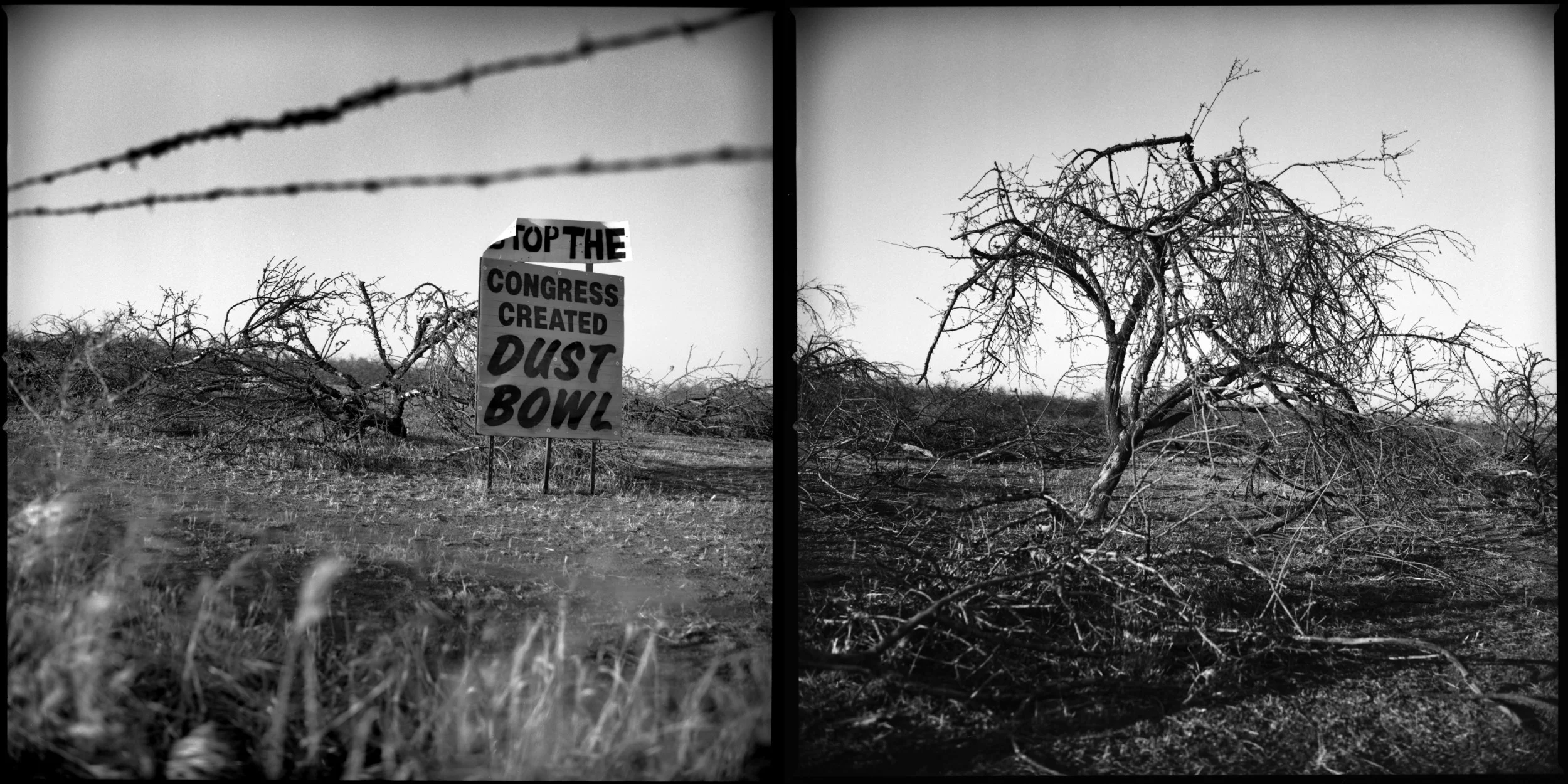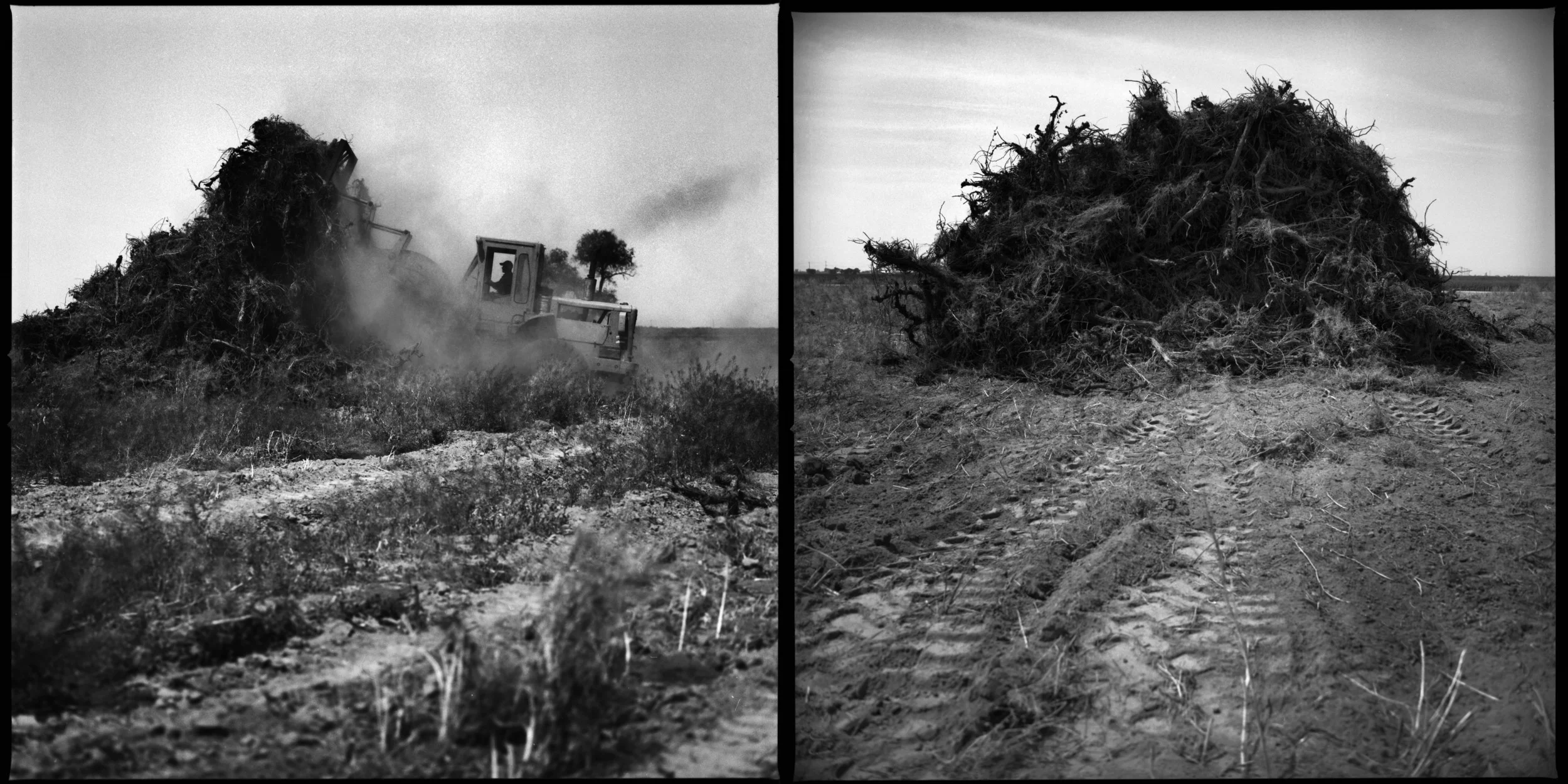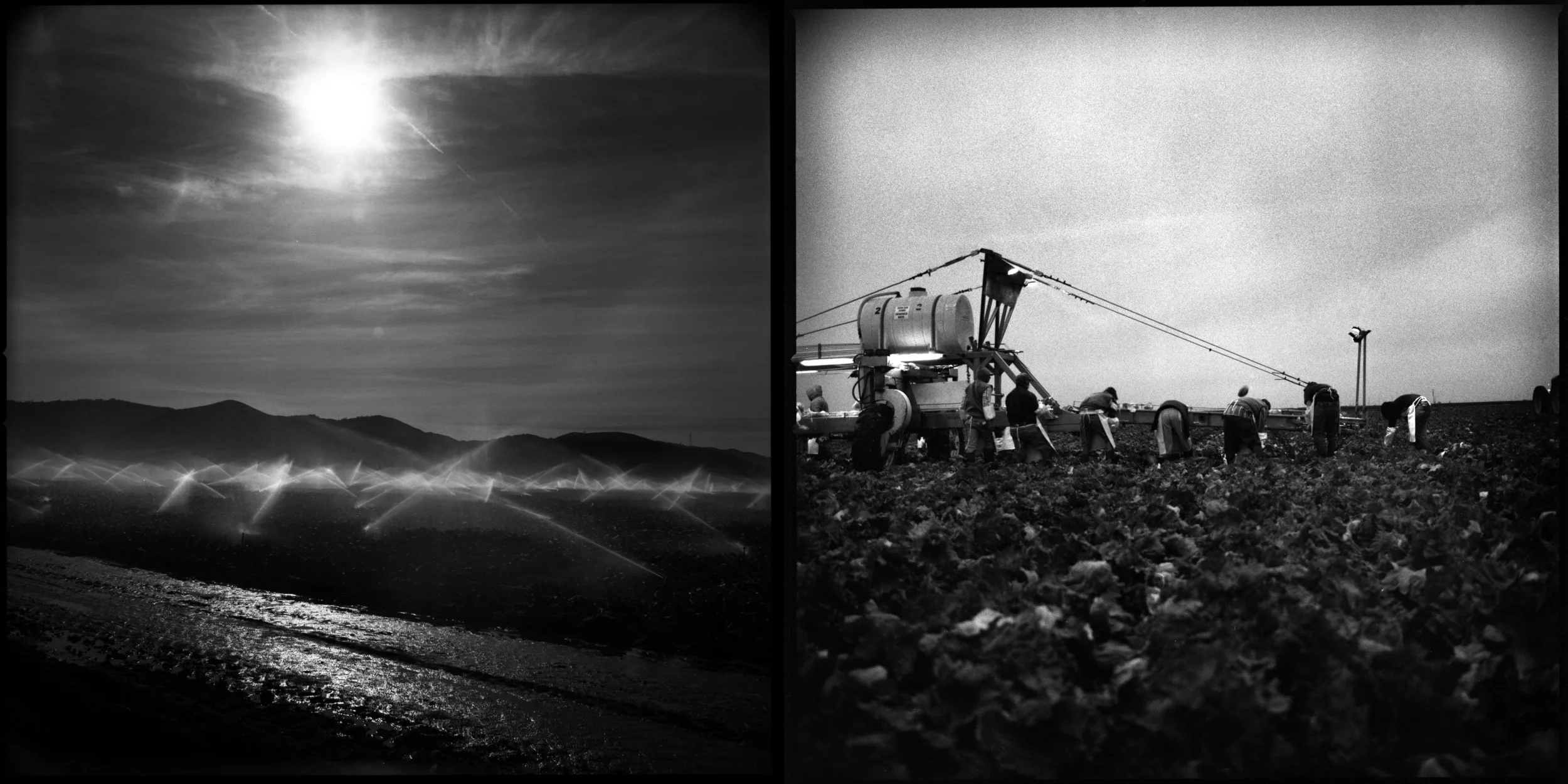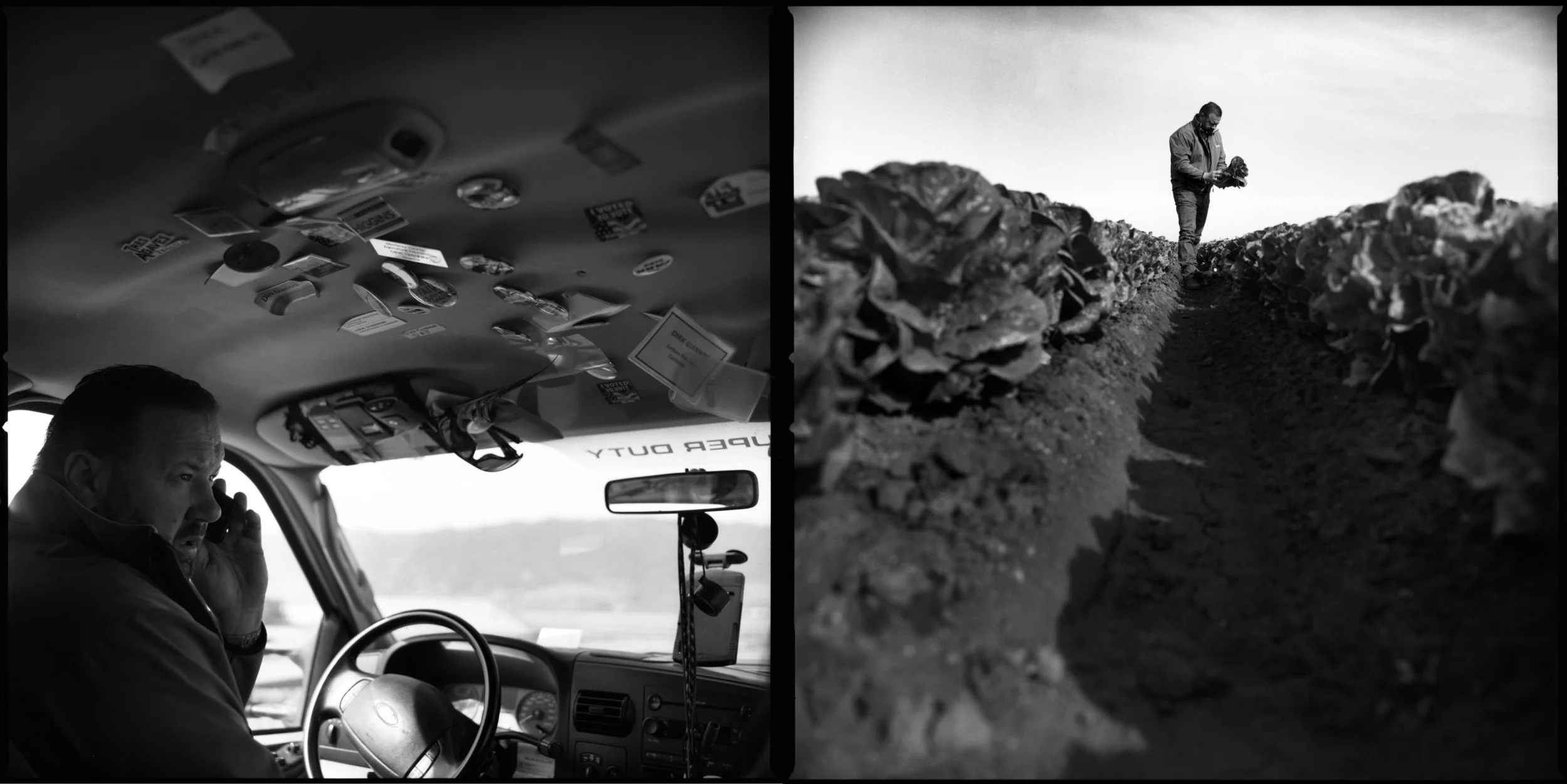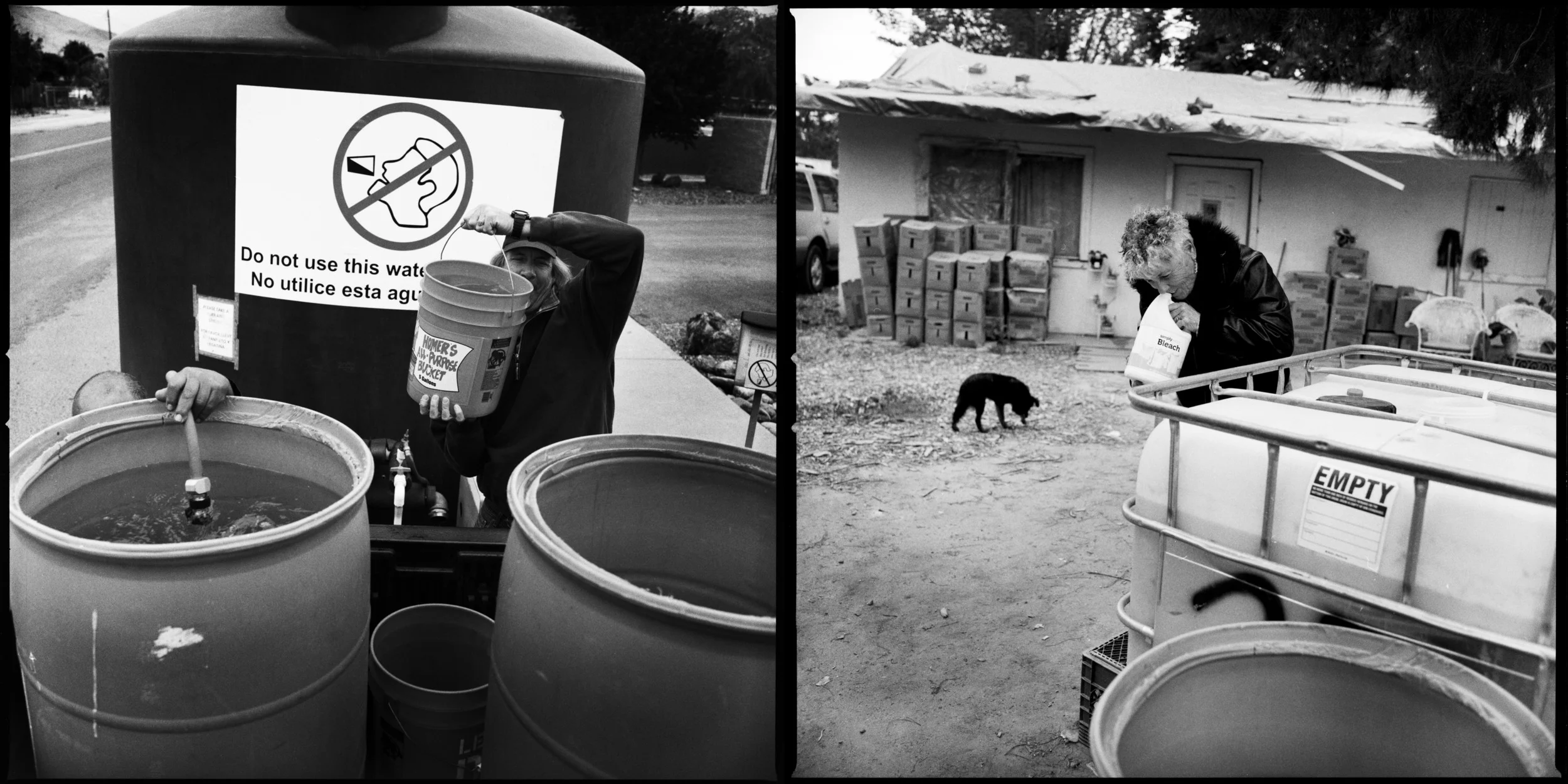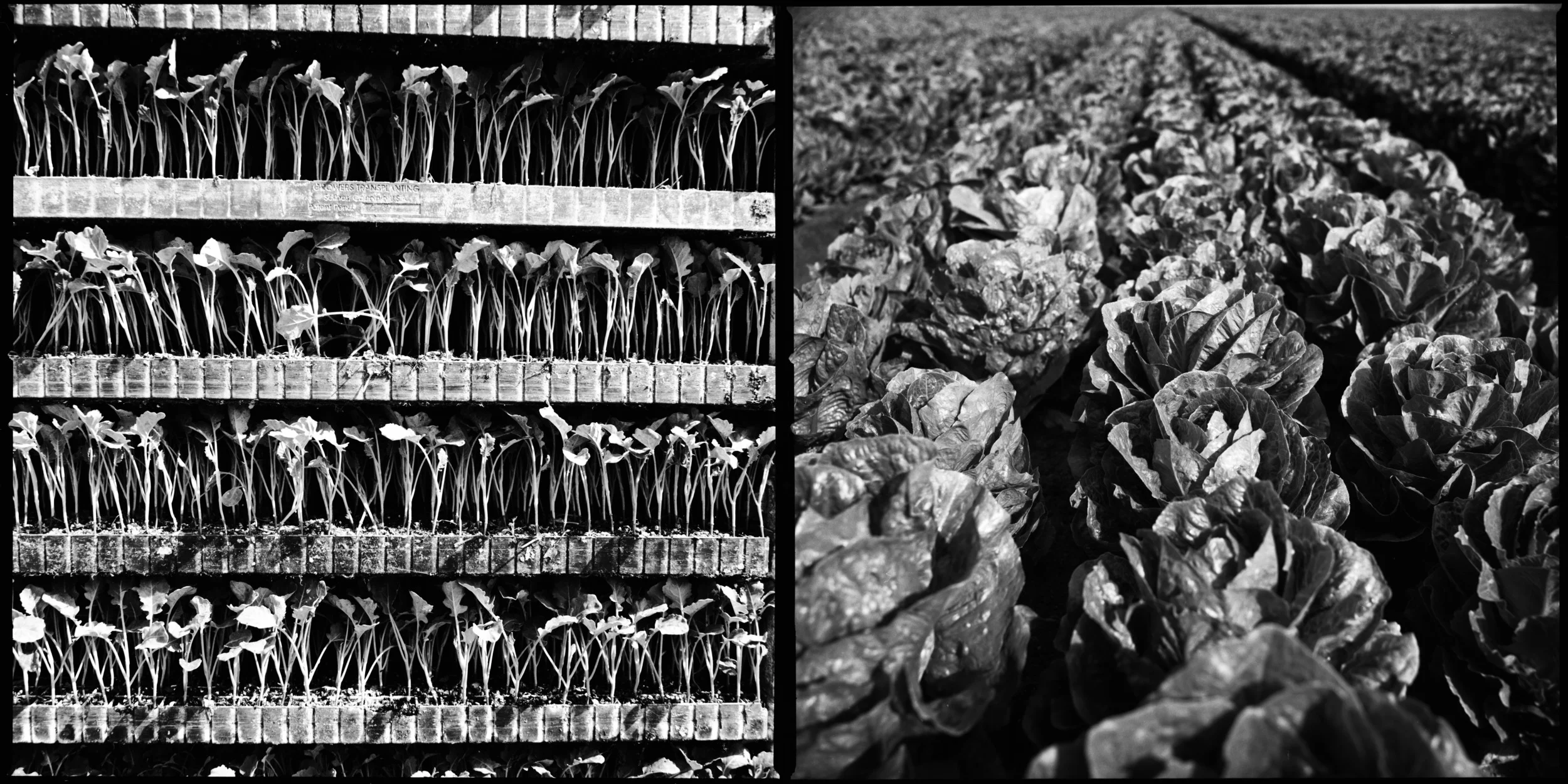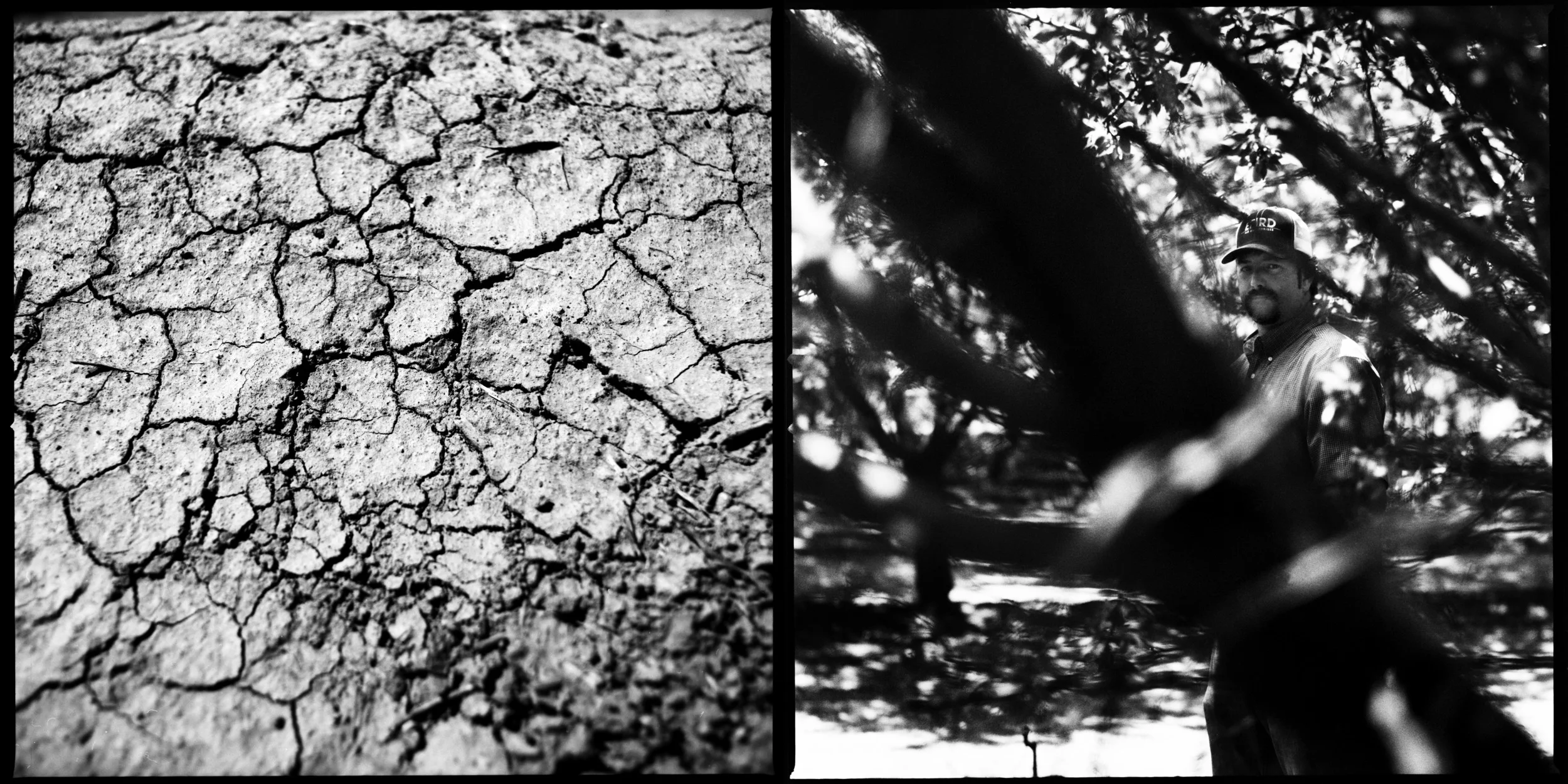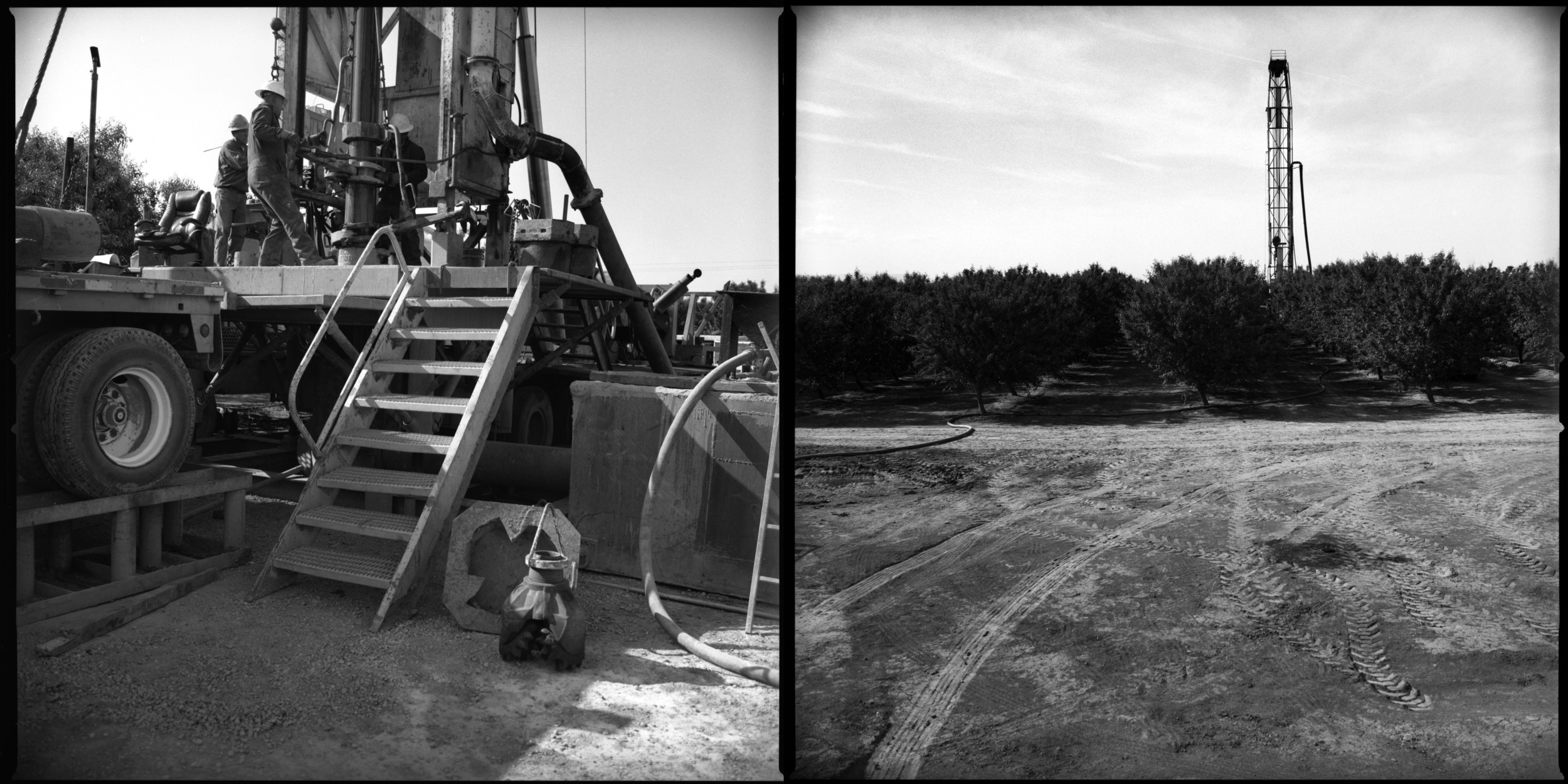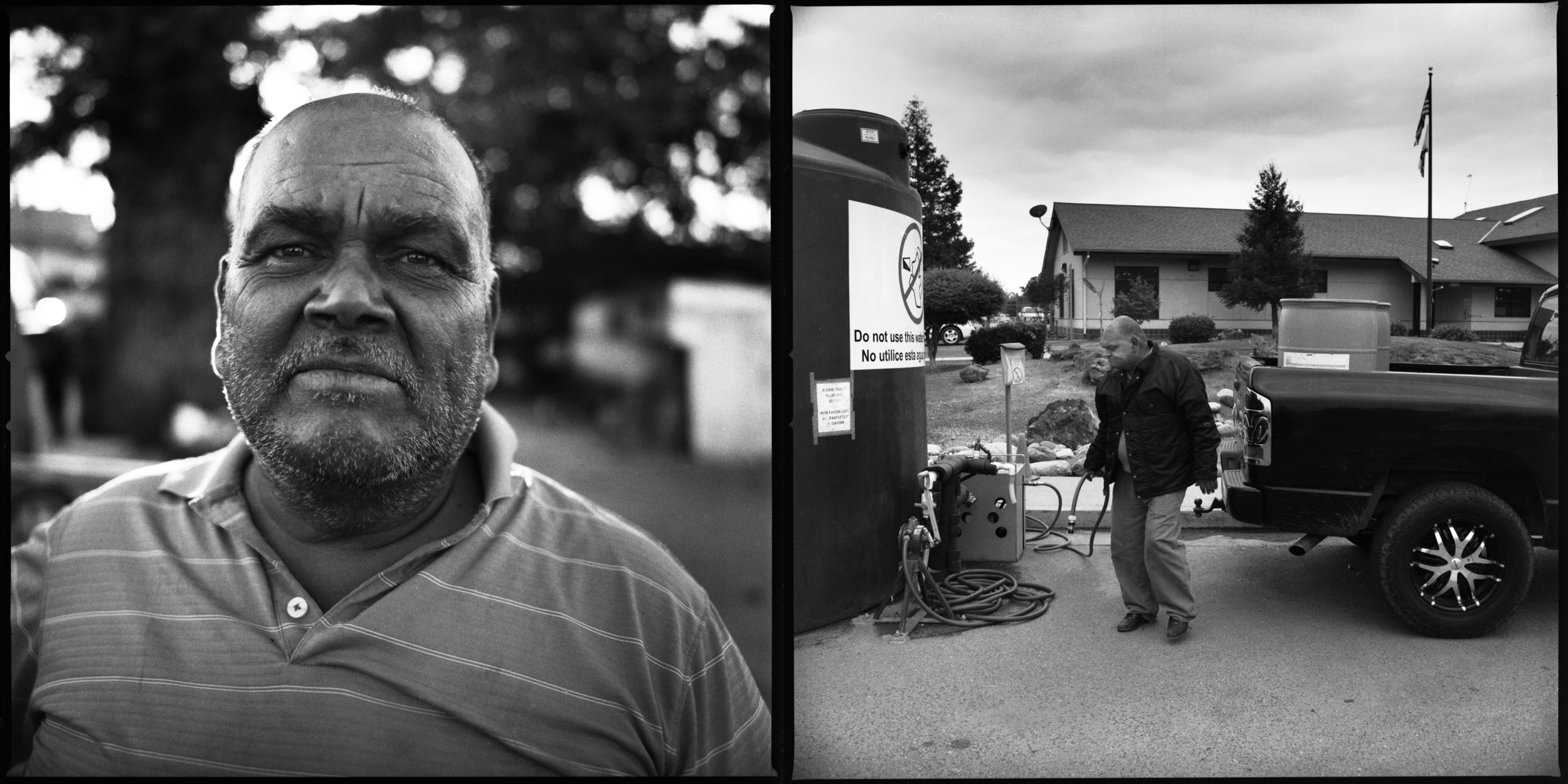California's Drought
More dire by the day
Stark images of cracked earth and fallow fields tell the story of the worst drought in California history. Reporter Andrea Woo and photojournalist John Lehmann travelled to East Porterville, Calif., where residents have made dramatic changes to their lives.
More than a year after the family well ran dry, Beto Orozco has learned by necessity how to conserve water at the ramshackle one-storey house he shares with 13 others.
When the taps first went dry, the former janitor would drive to a nearby cemetery, which is connected to a municipal water source, and bathe under the timed spray of the sprinklers. But more often, on days when it is warm enough, he takes a small quantity of his county-supplied non-potable water and washes himself by a tree in his front yard.
“I shower by the tree,” the 53-year-old says in a thick Spanish accent, “so the tree can drink the water.”
Mr. Orozco’s rural community of East Porterville, located about 120 kilometres southeast of Fresno, in Tulare County, Calif., is among the hardest hit by the state’s extreme drought, now in its fourth year. The situation has become so dire that Governor Jerry Brown in April imposed the first-ever mandatory statewide water restrictions, requiring urban water agencies to reduce water usage by 25 per cent or face hefty fines.
It adds teeth to a January, 2014, declaration of a drought state of emergency that called on – but did not mandate – Californians to reduce water usage by 20 per cent.
Under the new order, more than 4.6 square kilometres of lawns throughout the state will be replaced with drought-tolerant landscaping, and new homes and developments are prohibited from irrigating with potable water unless water-efficient drip systems are used. Campuses, golf courses and cemeteries – such as the one Mr. Orozco bathed in – are required to make significant cuts in water use.
While affluent communities such as Beverly Hills have been slow to turn off the taps, hard-hit areas such as East Porterville – an unincorporated community that is not connected to a municipal water system – have no choice. There, hundreds of private wells have been dry for more than a year. Parched lawns have long gone brown and the passing of each car sends a plume of dust into the air.
As dramatic images of cracked earth and uncultivated fields continue to dominate coverage of the worst drought in California’s recorded history, people such as those in East Porterville – who have had to make stark changes to their daily habits – quietly endure, waiting for rain.
Not far from Mr. Orozco lives Donna Johnson, a chatty grandmother with a hearty laugh and a fondness for big, dangly earrings. In a past life, the 73-year-old worked as an alcoholism counsellor; today, she’s known locally as a hero for her tireless efforts to ensure East Porterville residents have access to water.
In fact, had it not been for Ms. Johnson, the extent of East Porterville’s plight might never have been made public. When Ms. Johnson’s well went dry last year, she went around the neighbourhood asking its mostly Spanish-speaking, Mexican immigrant residents if they had water. To her surprise, the answer was usually no.
“It wasn’t until I started making a list that I realized some people haven’t had water in three or four years,” she said. “They just got used to not having water in their wells. Nobody was saying anything.”
Ms. Johnson took it upon herself to solicit donations to buy gallons of water and other supplies, such as paper plates and disposable cutlery, for neighbours. She is often found door-knocking, delivering those supplies and helping residents fill up large tanks with non-potable water at the local fire hall.
On a recent day when the temperature soared past 30, she visited Manuel Dominguez, a good-humoured 86-year-old who lives alone. Among the clutter in his modest, one-storey home are stacks of books, newspapers, medicines. A gentle breeze flows through the screen doors and tickles the yellowed drapes; an Elvis clock swings its hips.
A former carpenter, electrician and construction worker whose tools still hang neatly outside his home, Mr. Dominguez often tinkers with the well in his backyard that went dry more than a year earlier.
“It breaks my heart,” Ms. Johnson said later. “I keep telling him, ‘Mr. Dominguez, the water’s not coming back.’”
Full Story at the Globe and Mail

